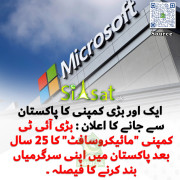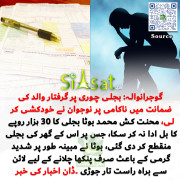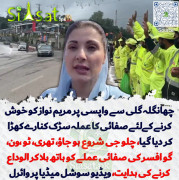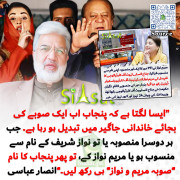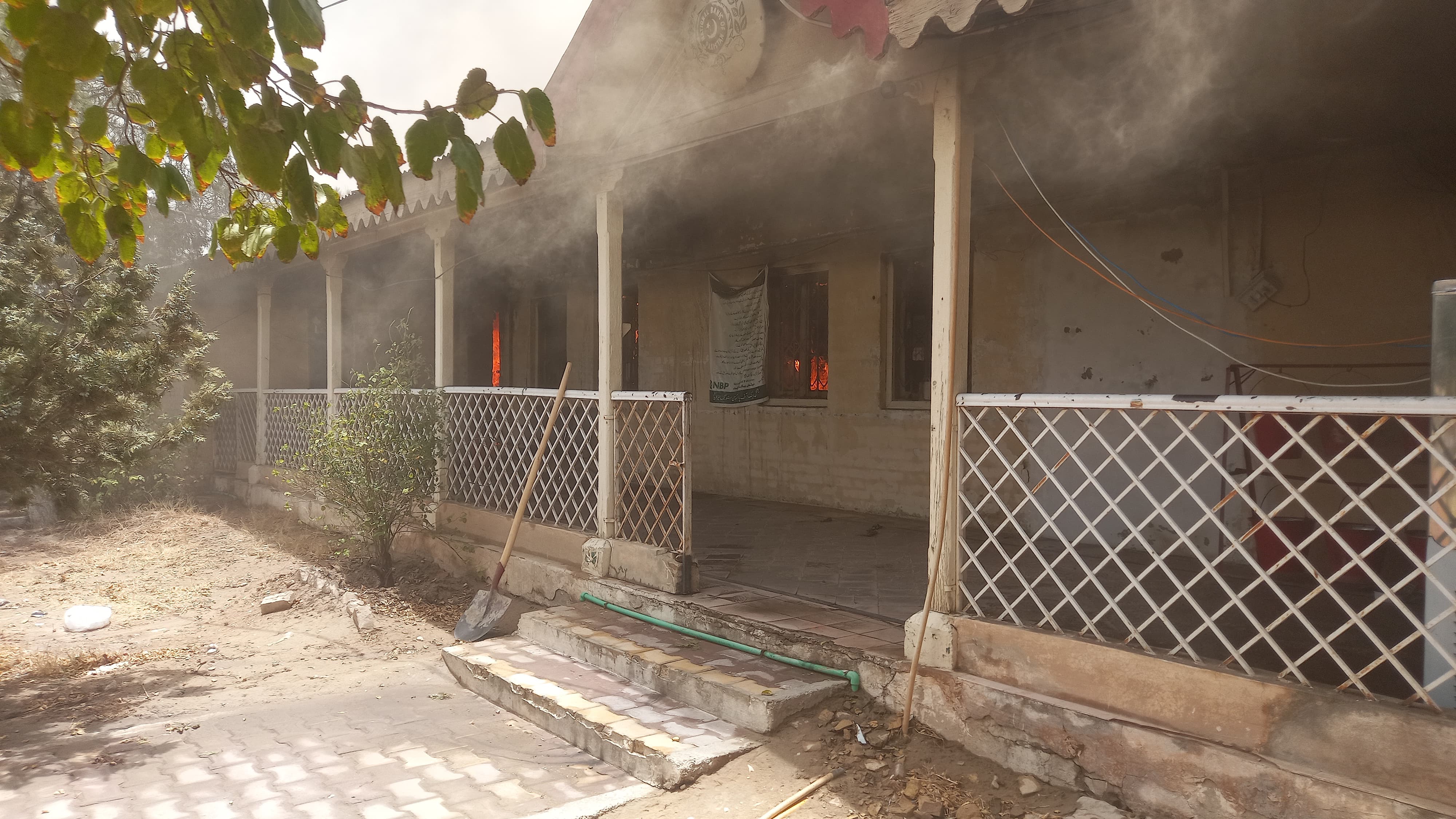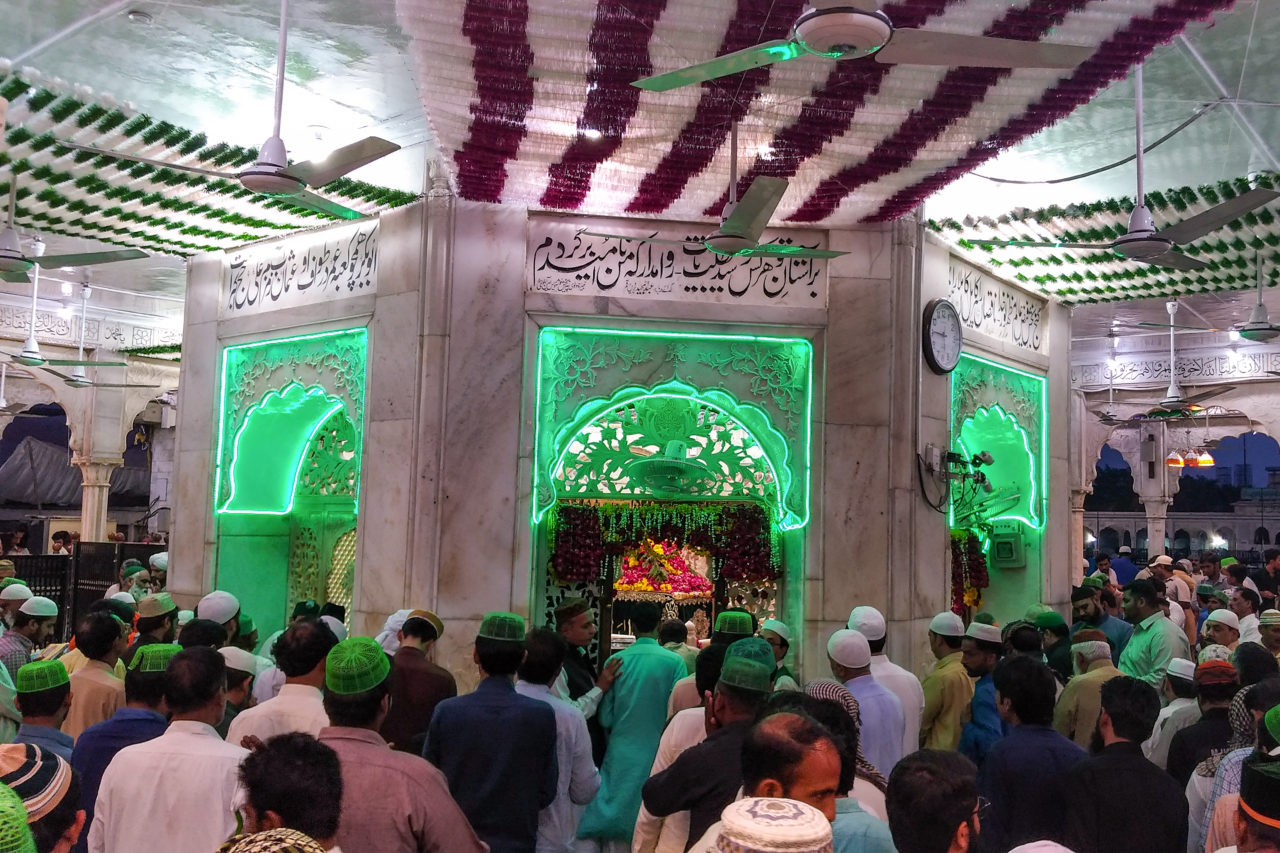The debate over 'mark-up'
By Dr Aqdas Ali Kazmi
To what extent can the Islamic Shariah be considered competent to pass judgements on matters of a fiscal and monetary nature that belong entirely to the realm of economic management? This question assumes urgency in the context of contemporary controversies centred around the Islamization of the economy.
Religious jurists suggest that all economic issues, whether fiscal, monetary, trade-related or exchange-based, lie within the purview of Islamic jurisprudence because Islam is a complete code of conduct and the Islamic Shariah is comprehensive and all-embracing.
The opposite school of thought suggests that modern fiscal and economic issues are too complex and intricate to be handled by scholars who have exclusive learning and training in Shariah and little exposure to the technicalities of economic systems.
However, a middle-of-the-road position between these two extremes sees the Shariah as capable of interpreting fiscal and economic matters to the extent that it does not contradict itself.
A related question emerges: Does the Islamic Shariah regard mark-up, or a similar system, consistent with its basic precepts and principles? Mark-up is defined as the amount added to the cash price of goods to cover overhead charges/profit, etc.
The importance of mark-up in recent years has re-emerged because some of the most popular modes of Islamic finance such as Bai-Muajjal and Murabaha are based on the mark-up system.
In its operations, structure and use, mark-up resembles interest. This has led to the conclusion that if the Shariah accepts mark-up as valid, it is left with no basis to reject interest.
The stance of Islamic jurists on mark-up has gone through various stages in the last two to three decades. This now needs to be reassessed in order to determine the relevance of the Islamic Shariah to the economic issues and problems of today.
During the first stage, the Council of Islamic Ideology (CII) in 1980, during the time of General Ziaul-Haq, allowed Bai Muajjal as a mode of financing trade transactions which involved the pricing of commodities on a mark-up basis (i.e. cost plus a margin of profit).
The use of this mode was conditional: it was stressed that it should not be used as a backdoor for allowing interest into the banking and financial system. It was specifically stated: "However, although this mode of financing is understood to be permissible under the Shariah, it would not be advisable to use it widely or indiscriminately in view of the danger attached to it of opening a backdoor for dealing on the basis of interest."
While referring to the use of mark-up as a mode of financing, the CII had clearly laid down: "Safeguards would, therefore, need to be devised as to restrict its use only to inescapable cases.
In addition, the range of mark-up on purchase prices would also need to be regulated strictly so as to avoid arbitrariness and the possibility of recrudescence of interest in a different garb.
The State Bank may, therefore, specify, and from time to time, review and vary the sub-sectors/items for which banks may provide the needed finance under 'Bai Muajjal' arrangements.
It may also lay down the range of profit margin in general or separately for each sub-sector or item, and may impose such other restrictions as may be deemed necessary with a view to avoiding the emergence of unhealthy practices."
The consequences of permitting the use of mark-up were quite obvious as the State Bank of Pakistan in its BCD. Circular No.13 dated June 20, 1984, on Elimination of Riba from the Banking System allowed mark-up for seven different modes of transactions out of a total of 12 identified in the circular.
Thus, the apprehension that mark-up would serve as a gateway for interest proved quite true because mark-up in all practical matters is another name for interest.
Therefore, an interest-based banking system remained fully entrenched and protected. However, the use of the substitute word "mark-up" was enough to beguile the sensitivities of the Muslims.
This brings us to the second stage. The use of mark-up as a mode of Islamic finance was reviewed by the CII in 1984. Its use was subsequently disallowed in banking transactions.
The decision was worded as following: "There is a genuine fear among Islamic circles that if interest is largely substituted by 'mark-up' under the PLS operations, it would represent a change just in name rather than in substance.
PLS under the mark-up system was in fact the perpetuation of the old system of interest under a new name.... though not prohibited according to the Hanafi and Hanbali Schools of Fiqh, and that too in exceptional circumstances, its widespread use [of this technique] is not permissible as the mark-up does not differ in essence from the interest system."
The rejection of mark-up as an Islamic norm was also confirmed by the Federal Shariah Court in November 1991. This reconfirmed the revised decision of the CII in 1984.
The court concluded: "The mark-up system, as in vogue, is held to be repugnant to the injunctions of Islam and the word 'mark-up' be deleted from the provisions of section 79 and 80 of the Negotiable Instruments Act, 1981."
The next stage came with the reversal of the decisions of the CII and the court. The Commission on Islamization of Economy gave its report in 1992 showing a major departure from the earlier decisions of the CII and the Shariah court.
It concluded: "A contract of sale, whereby the deferred price of a commodity is different from the spot price, is not riba for the purpose of this act in so far as the contract entails all the necessary rights and obligations of 'a sale'."
The fifth stage relates to the famous judgement of the Supreme Court on riba delivered in December 2000. In the judgement there was a detailed discussion on "mark-up". But finally, the Supreme Court put its stamp of sanctity on mark-up as a norm of Islamic transactions.
The Supreme Court judgement states: "Murabaha mode of finance or the "mark-up" system with the conditions attached thereto is a permissible mode of Islamic finance and this mode cannot, therefore, be held to be repugnant to the injunctions of Islam if the conditions prescribed are not being practiced by some of the parties.
It is to be noted that such violations occurred, as there was no monitoring system in existence to check such errors of omission and commission and violations.
In the system proposed to be adopted with Shariah Board in existence in the State Bank of Pakistan as well as in the financial situations themselves, such violations as and when noticed shall be pointed out and eradicated... The adoption of the mark-up system within the limits prescribed appears to be the need of the economic system in the transitional period and till the time more and adequate number of Shariah-compliant financing modes are developed."
The above discussion leads to an important conclusion: Shariah jurists cannot reject interest if they accept "mark-up". It is imperative that the position of these jurists is redefined and made clear so that the present ambivalence is removed. This is essential if the credibility of Islamic jurists to interpret fiscal and economic laws is to be restored.
http://archives.dawn.com/2004/05/29/op.htm


